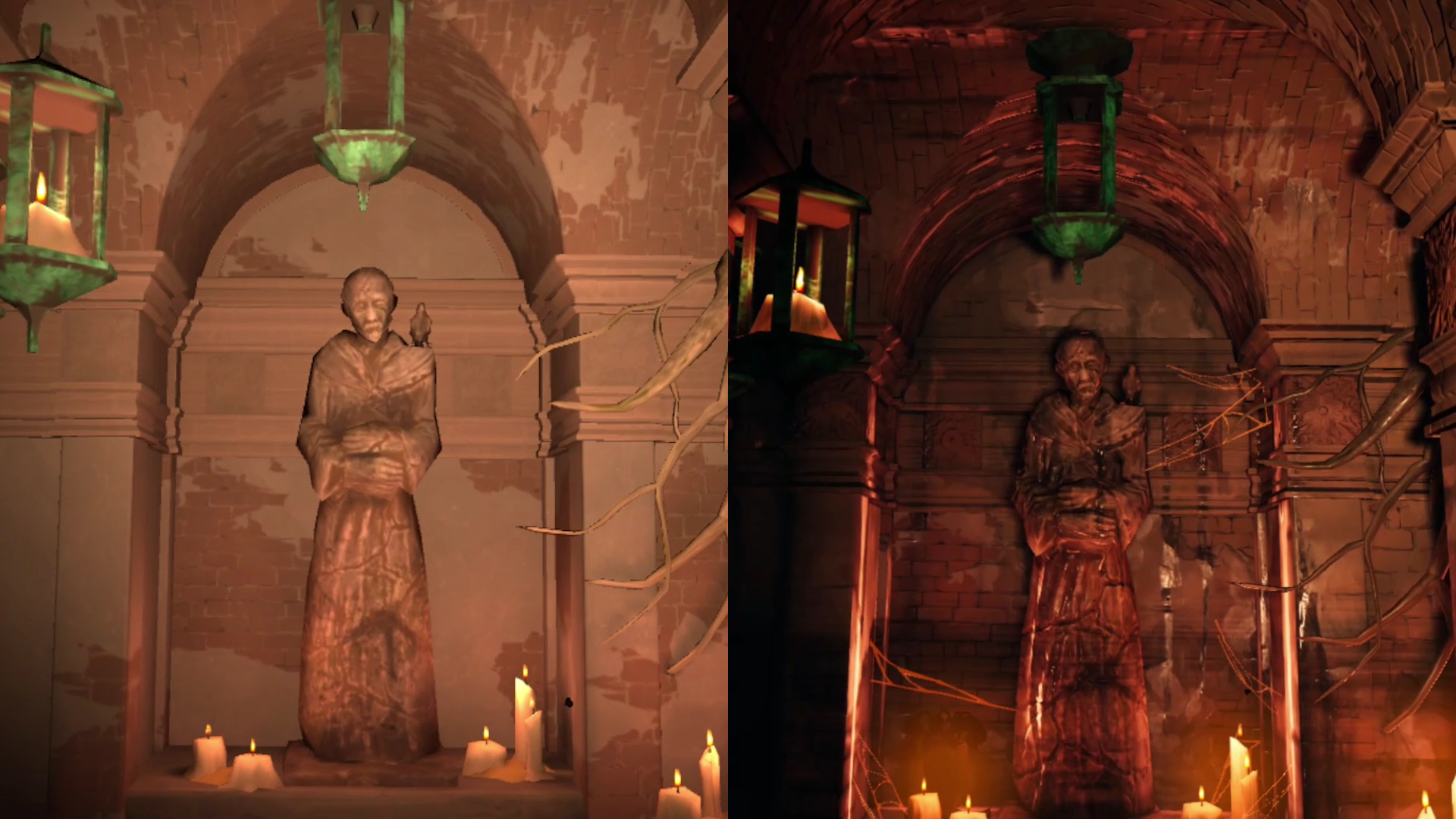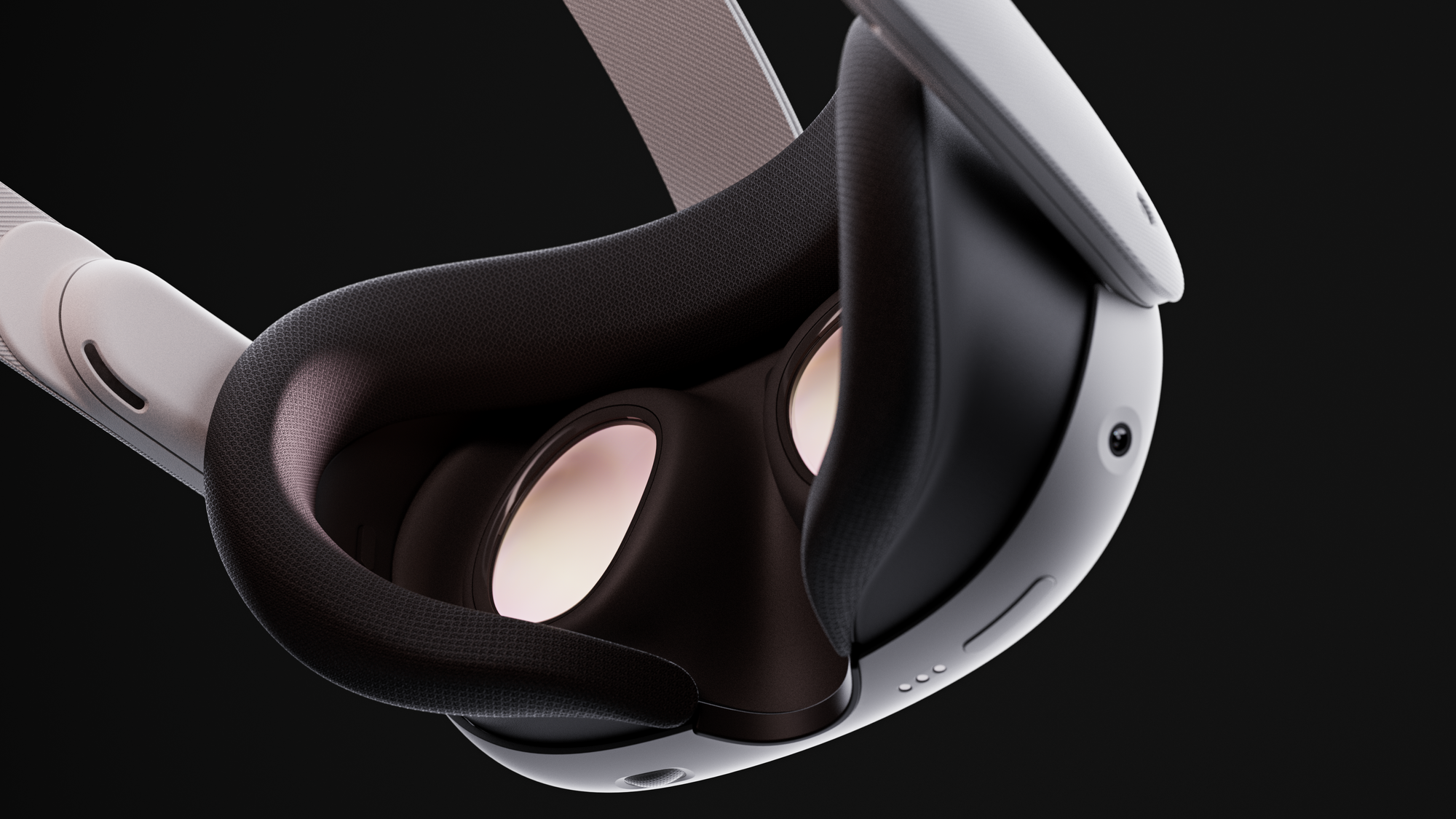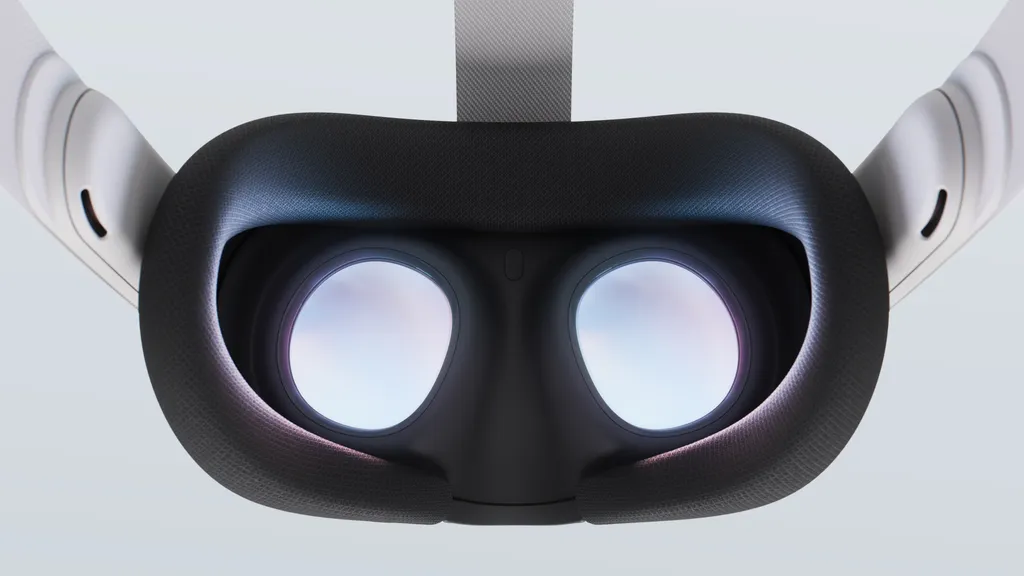Even without updates from developers, almost all VR games run at higher resolution on Quest 3.
In the Unity and Unreal engines, which almost all VR apps are made with, Quest developers don't set the rendering resolution with pixel values. Instead, they set it as a multipler relative to the default, ie. 1.0x or 1.4x or 0.9x. Alternatively, they can use Meta's Dynamic Resolution Scaling system to set a minimum or maximum scale and let the system adapt the resolution in real time relative to the current GPU strain.
The few developers using other engines or their own engine can also specify resolution with a multiplier but can alternatively use exact pixel values - though this is very rare.
On Quest 2, the default value (ie. what 1.0x delivers) is 1440×1584 per eye. But on Quest 3, thanks to the much more powerful GPU, this has been increased by around 30% to 1680×1760. That means almost all games will look sharper and clearer by default, with no updates from the developer needed.
Developers can of course go far beyond this by releasing Quest 3 graphics upgrade patches, boosting the rendering resolution even further and increasing texture resolution, adding new effects and shaders, enhancing the lighting, and adding dynamic shadows. You can see a side-by-side comparison of some of the first announced Quest 3 upgrade patches here:

Rendering aside, what will also make everything look better on Quest 3 is the use of pancake lenses. Meta says they offer 25% improved clarity in the center and 50% improved around the edges, as well as a much larger eyebox, meaning you won't see as much blur when the lenses aren't perfectly aligned with your eyes.
We'll be bringing you hands-on impressions of Quest 3 from Meta Connect later today, and you can find the full spec sheet here.































